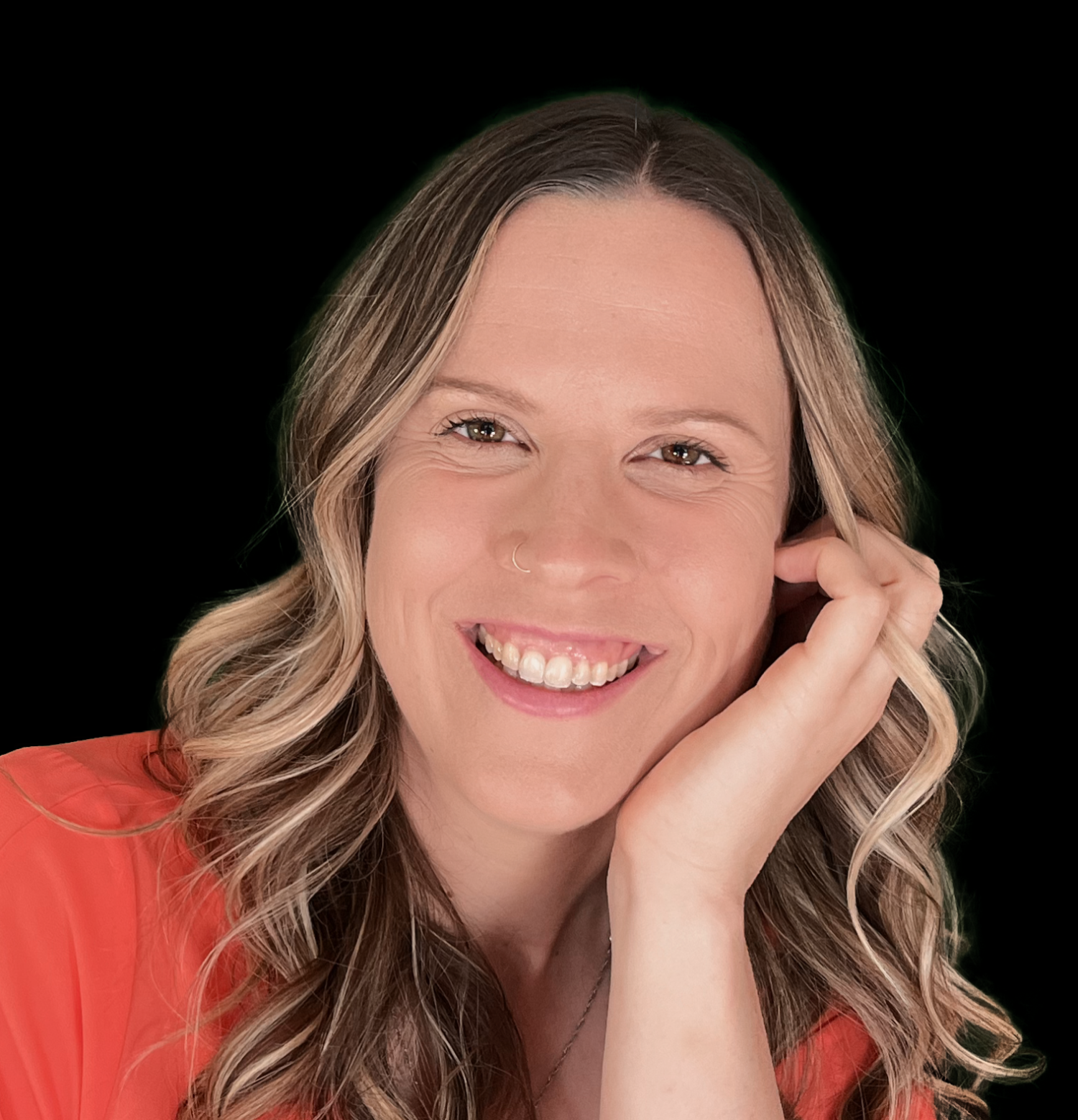I studied the faces of Phnom Penh as I walked through the busy streets: shopkeepers in front of their stores, roofed in layers of scrap metal and plastic siding, neighbors sitting on lawn chairs striped in suburban American green and yellow, shoppers dressed in cut-off sweat pants and t-shirts with expensive European logos on them, young women with toes peeking out from blue plastic flip-flops whose straps crisscrossed in front.
But the lush green courtyard of the school was empty. Palm trees swayed quietly in front of benches nestled under their peaceful shade, the paths bordered by neatly tended lawns. The main building rose in two stories of concrete and white plaster, the hallways linking the classrooms together across open-air balconies.
Inside, the only thing that remained of the school was the pattern of cheerful yellow tiles. The classrooms, flooded with light, had single metal cots in the center, with rusted chains dangling from their headboards. A wooden slab with metal shackles, used for waterboarding prisoners, stood where a desk once had, and cabinets that should have kept books were filled with torture devices, one with a pillow where gunshot holes had passed through to silence the sound.
Only my footsteps echoed through the rooms, some now joined by makeshift holes drilled through pock-marked walls, others boarded up with wood or partitioned into empty cells, doors with sliding peepholes closing them shut.
Upstairs, past the vast stairway, the classrooms were full once more with rows upon rows of faces, the photographs of the tens of the thousands of victims of Security Prison 21. The black and white squares merged into an overwhelming abstract pattern of face, shoulders and numbers, until I leaned in and looked directly into the eyes staring out at me from the past, and I could see an individual in all her fear and sorrow.
I followed the landscape of eyes, passing an hour to acknowledge each one, but when I finished the room and stepped into the next once, I saw thousands more, the entire floor of the second story filled with display cases and the faces that peered out of them, so that I began to wander aimlessly, stopping at random to lock eyes with someone, and then moving away to the next room.
They hadn’t died there, the people behind the black and white faces. After they had spent days on the metal cots or locked behind hastily-made partitions they were driven out the countryside, where they still remain. I rented a tuk-tuk to take me out there, and I was surprised at how quickly the city faded away into green suburbs, one house and one set of steps down to the river for each family butted up against the road.
The spaces between the houses grew larger until it was only flat dusty fields on either side of the road, with groupings of trees around the little farmhouses. A six-foot tall sign at the left-hand turn off pointed to the “Genocidal Center,” written in English in bold red letters, its meaning in its native language hidden behind the beautiful calligraphy of Khmer.
Behind a high yellow gate, surrounded by the mass graves, stood a single white stupa with a golden roof. On either side of the staircase leading up to the top were red-leaved plants and flowering shrubs as well as vases filled with flowers. I slowly climbed up the stairs, but as I got closer I could see that unlike other stupas, the walls here were made of glass.
I folded my hands in front of me as a sign of respect and approached. Inside the stupa, on shelf after shelf, climbing high up into the tower, were the skulls of the victims of the Killing Fields, stacked one on top of another, their empty eye sockets pointing outwards towards me.
The white bones were cracked or riddled with bullet holes, most missing entire sections from the violence done to them. I leaned my forehead against the glass, looking at each one, acknowledging them, trying to pair them with the faces that I had seen at the school, but the sun shone down behind me and reflected back the blue sky with its perfect white clouds, and when I looked again I could only make out my own reflection.



